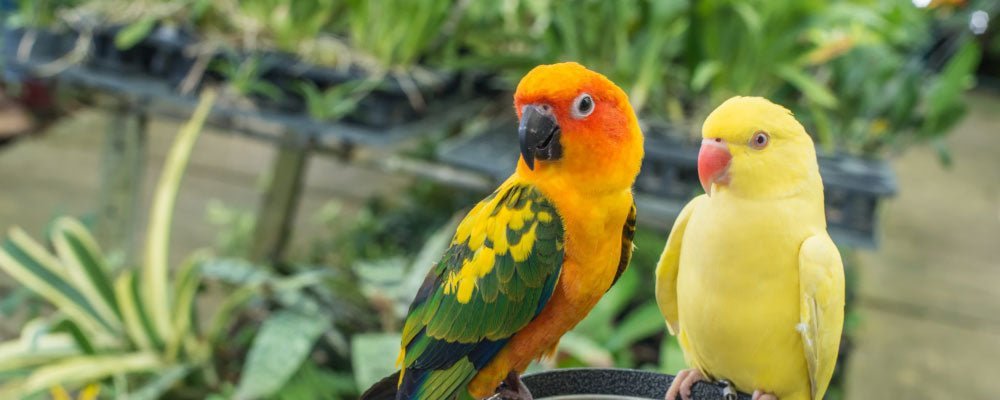
What’s the difference between cockatoos and other parrots?
Cockatoos are different from other parrots in looks as well as in behaviour. Their single-coloured plumage, usually white or dark, and their mobile crest of feathers are in contrast to the brightly coloured plumage of Ara or Amazon parrots.
More than any other parrots, cockatoos that are brought into a household as young birds and become attached to an individual will in time become so devoted and tame that separation becomes difficult. That special person must pay a great deal of attention to the cockatoo every day.
This requires committing much time to filling the more or less involuntary role of a partner. Such birds will get used to a mate only with the greatest difficulty and are therefore hard to use for attempts at breeding. Scarcely any cockatoo keeper is aware of this consequence when beginning attempts at taming.
Almost all cockatoo species demonstrate extraordinary playfulness with a wealth of endless inventiveness that often outshine other parrots. Tame house birds all learn some tricks, shaking and climbing exercises, or the use of various objects as "tools." Such activities are carried out all day long without interruption, except for brief rest periods, so that the birds are almost constantly in motion.
Cockatoos are also very strong! The enormous power of the beak of some cockatoos should not go unmentioned. Scarcely any other of the large parrot species can do so much with its beak as the cockatoo. With ease it demolishes objects such as ordinary plastic food dishes, for example, not to mention the whittling away of perches. The larger cockatoos are also able to bend the bars of the ordinary parrot cage in a very short time and crack the solder joints.
Cockatoos have very impressive imitation skills compared to some other parrots. You shouldn't have any great expectations about the ability of cockatoos to "talk." There are individual birds who, after systematic training, can repeat some human words, the sounds of animals, or household sounds. These "speech artists" are usually found among the African grey parrots and Amazons. Cockatoos are more likely to imitate movement. Many performers utilize this characteristic when they teach their cockatoos to "dance," roller skate, or play tug of war.
Cockatoos usually get along fairly well with other parrots of the same size if there are enough opportunities for freedom of movement inside the cage or aviary. However, you should never add a third bird to an already established pair of cockatoos. It would most likely be harried by the "master of the house," chased, and rated from sooner or later would have to be separated from the pair.
In some cases, cockatoos can even get along well with dogs if both parties are allowed gradually to get used to each other. Cats, for example, after one uncomfortable encounter with the strong cockatoo beak, often make a wide circuit around a parrot cage!
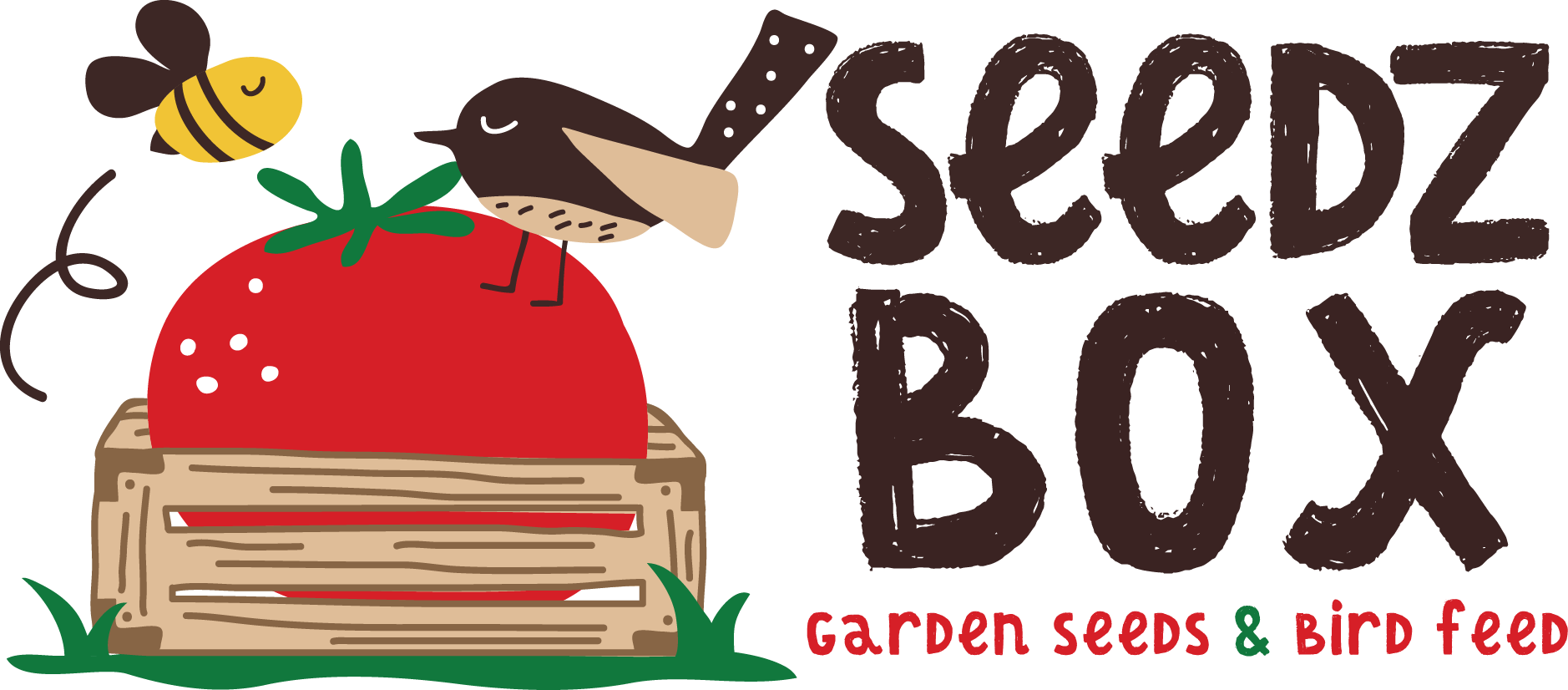
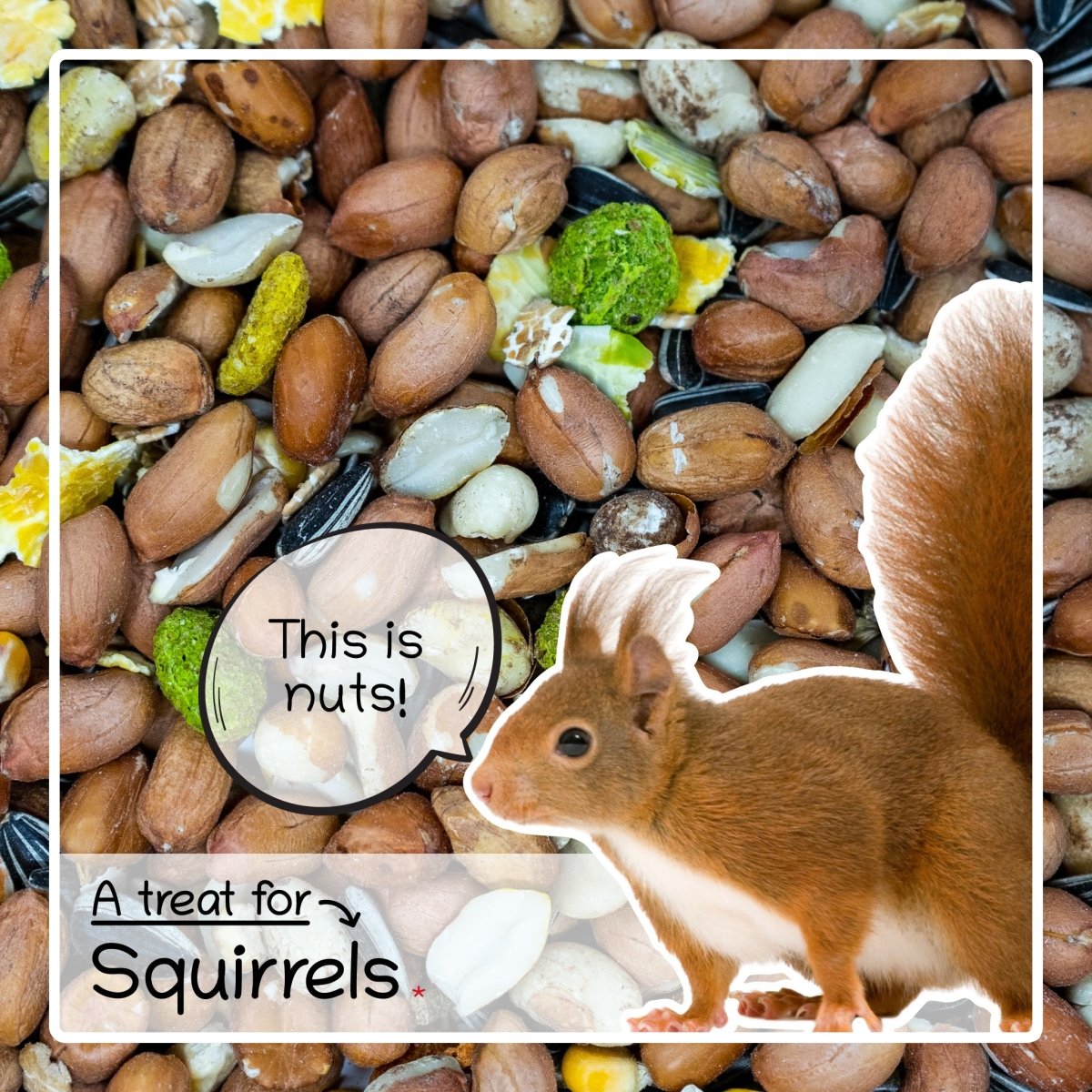
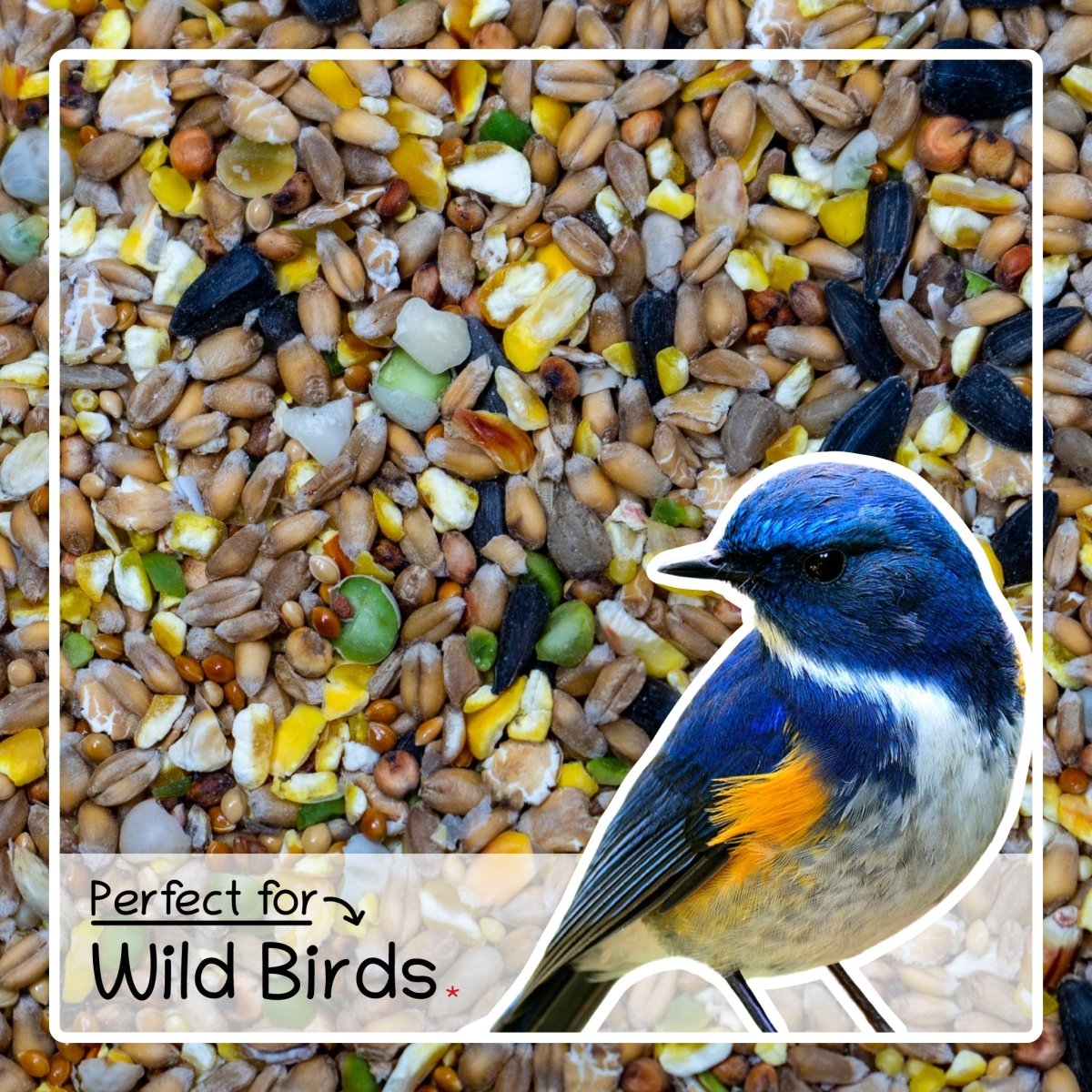
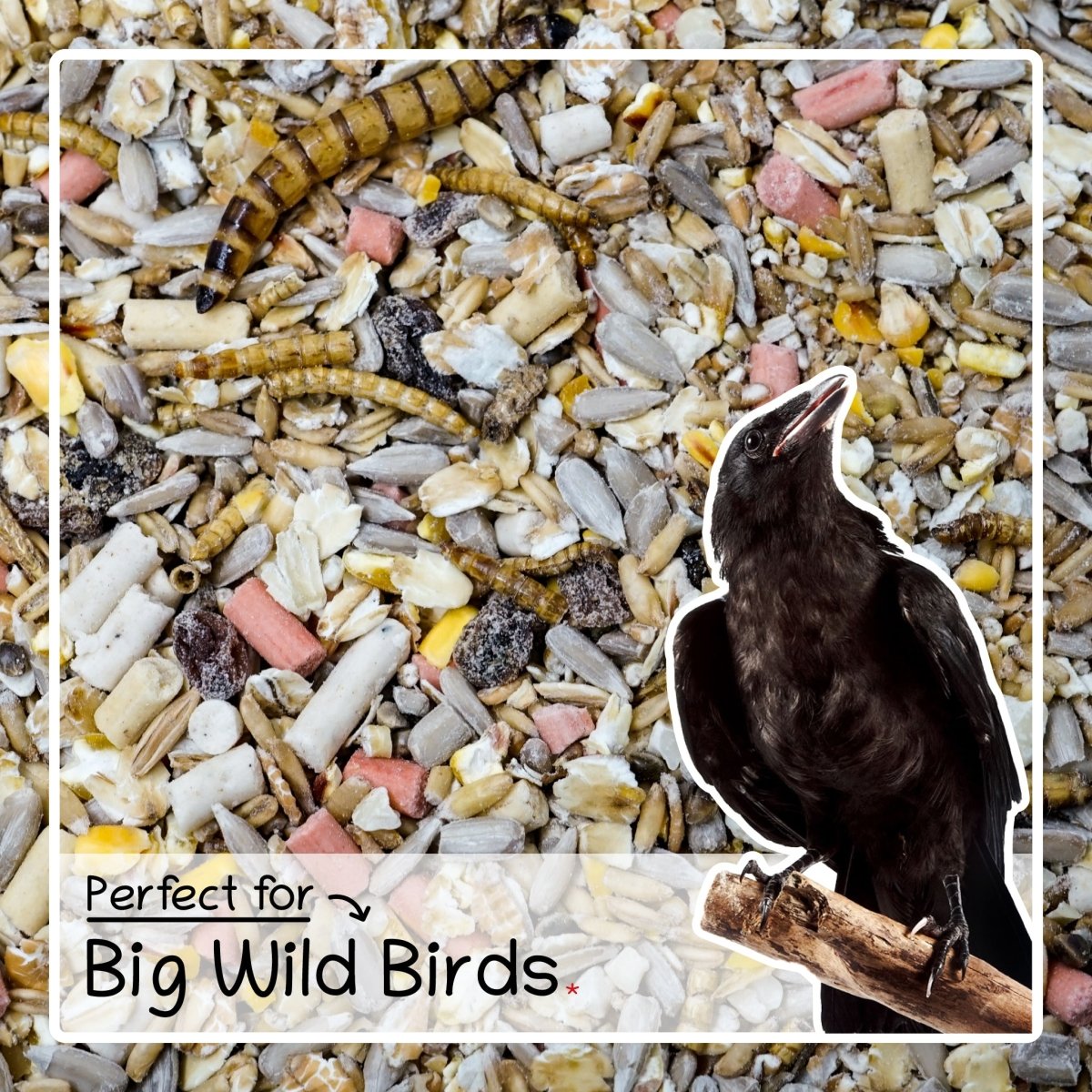
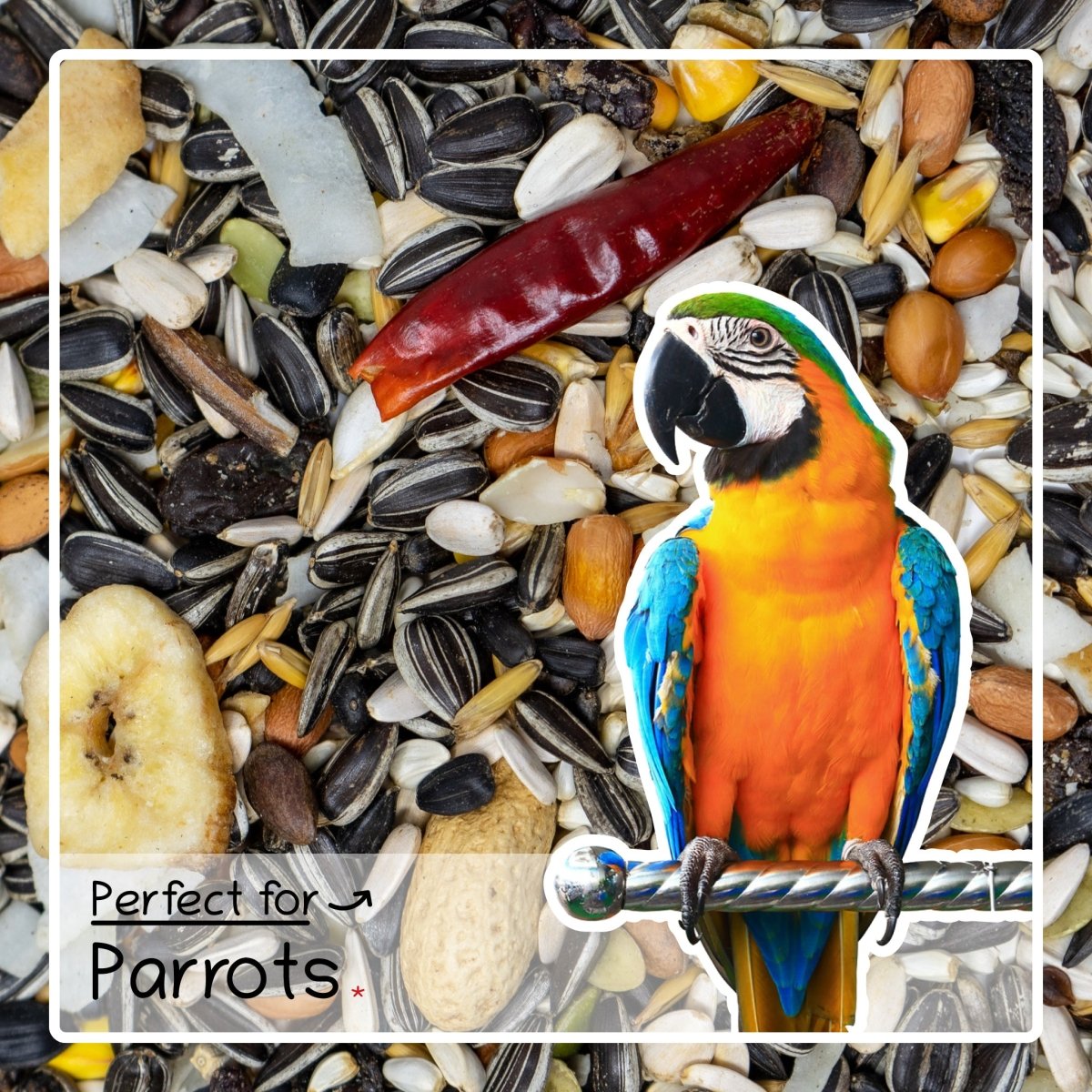
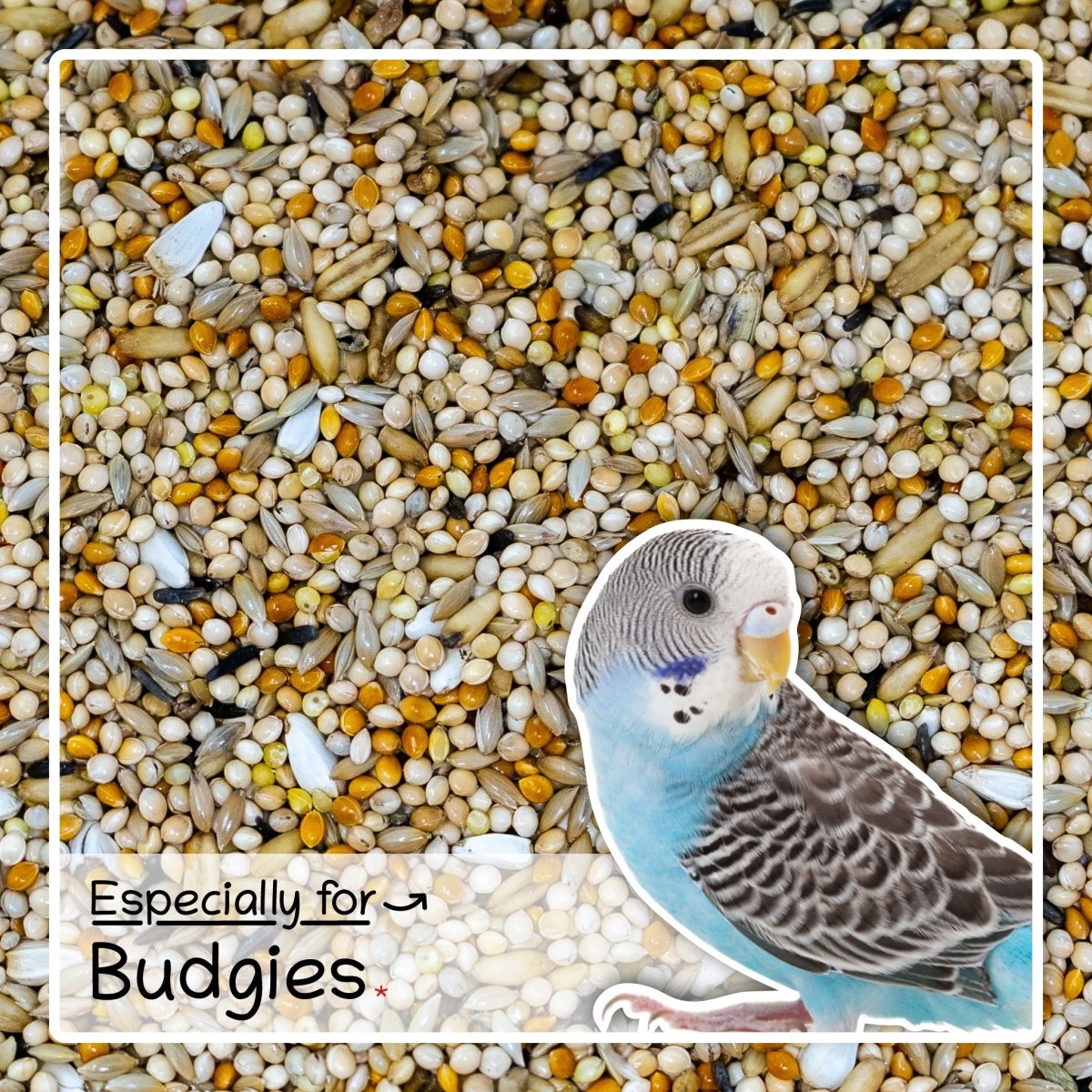
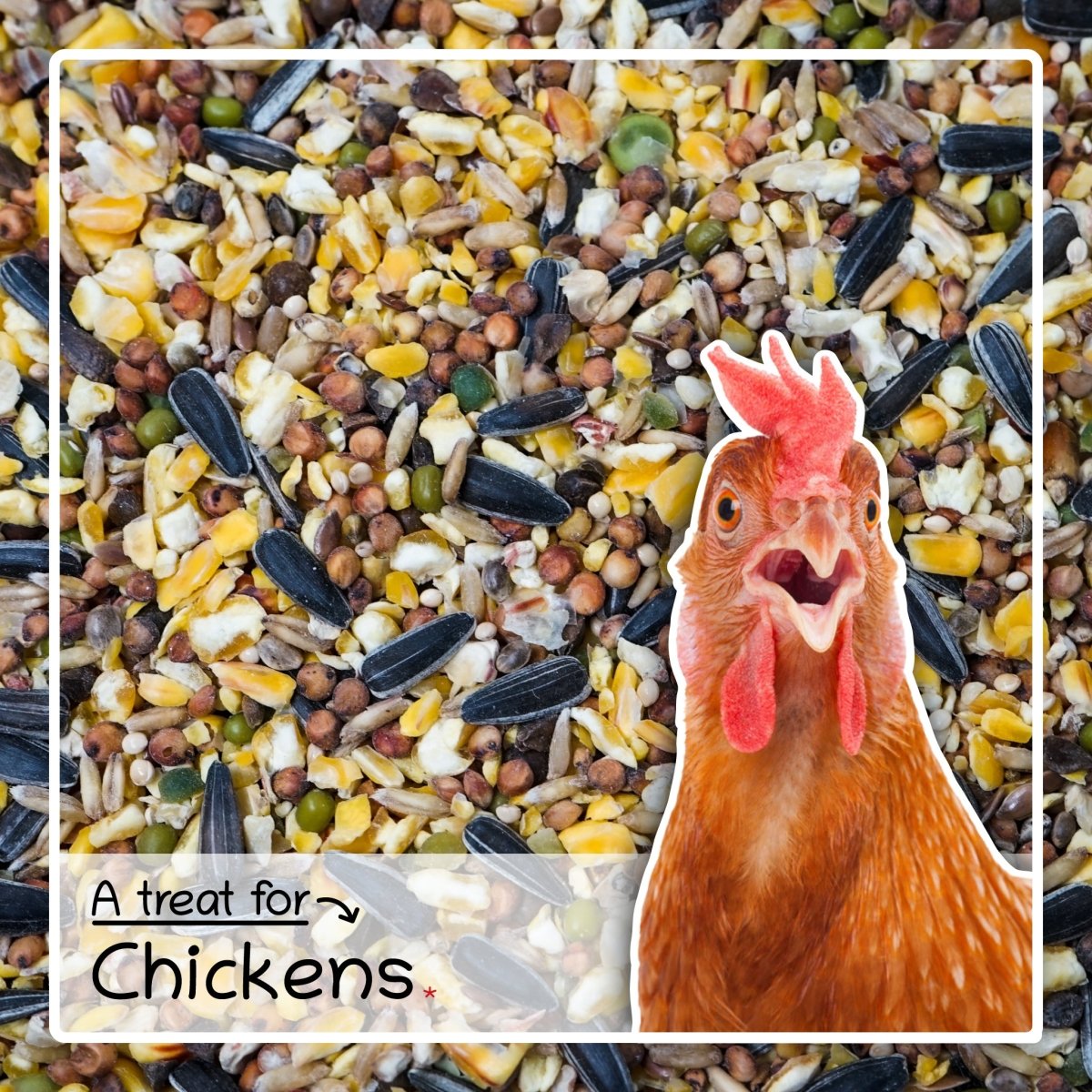
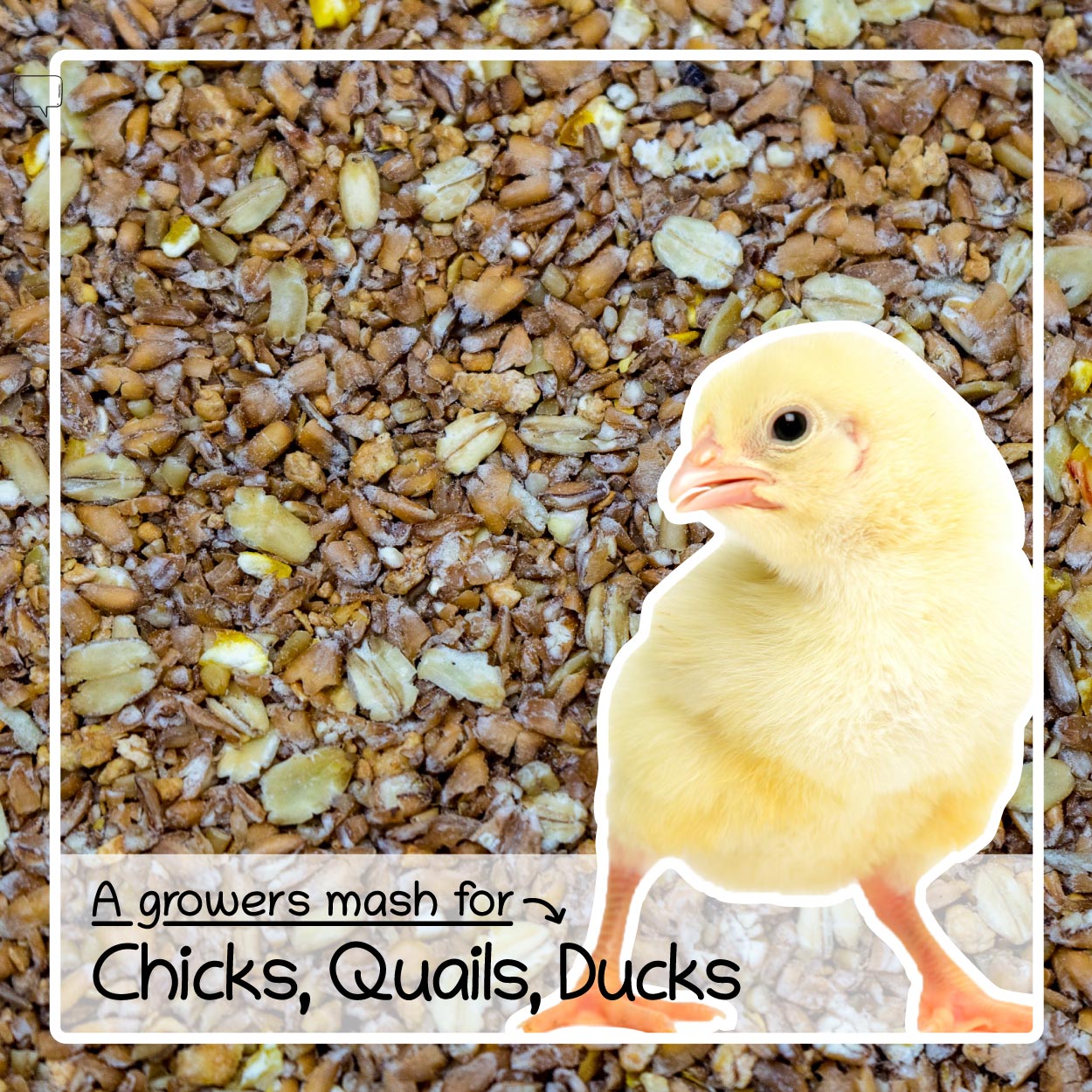
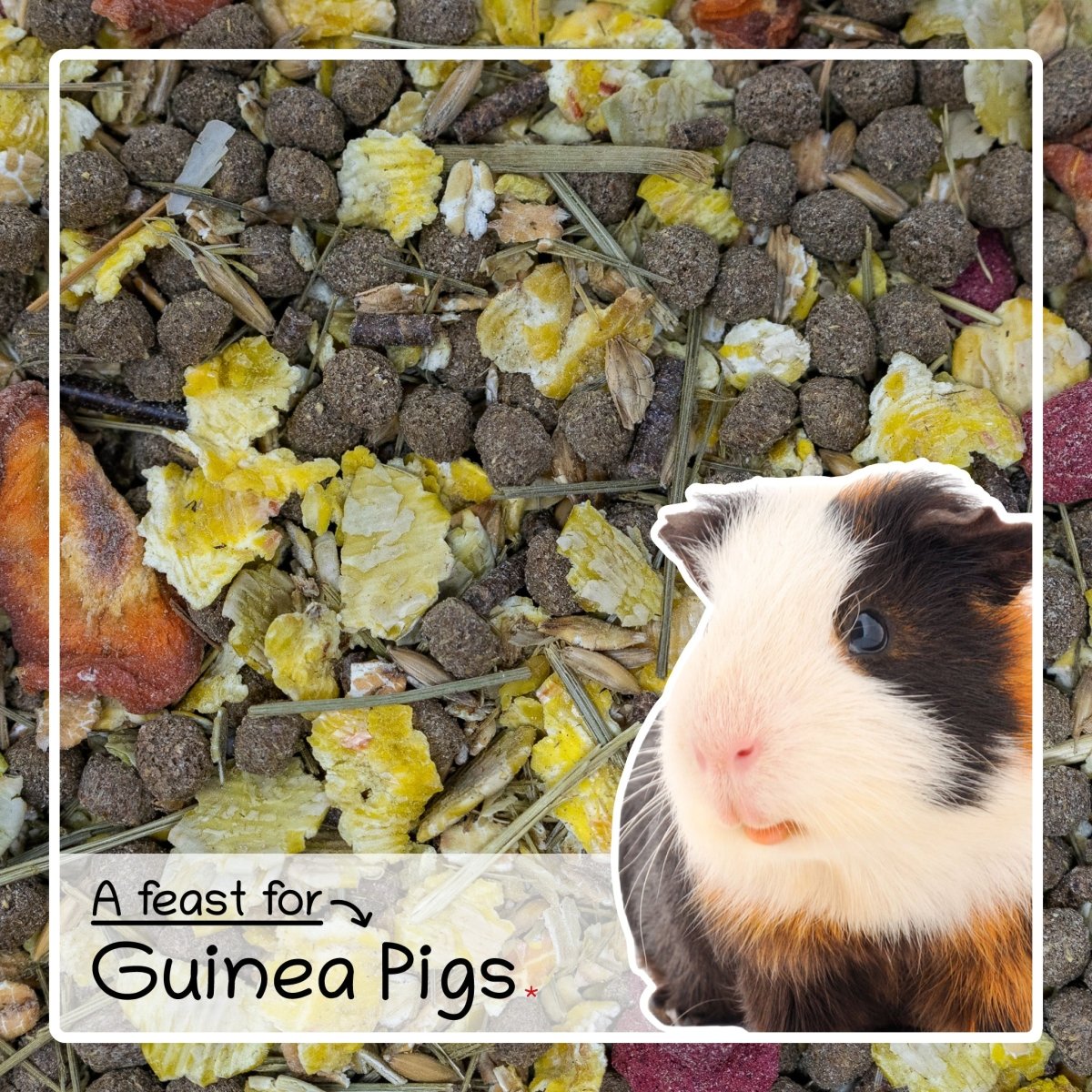
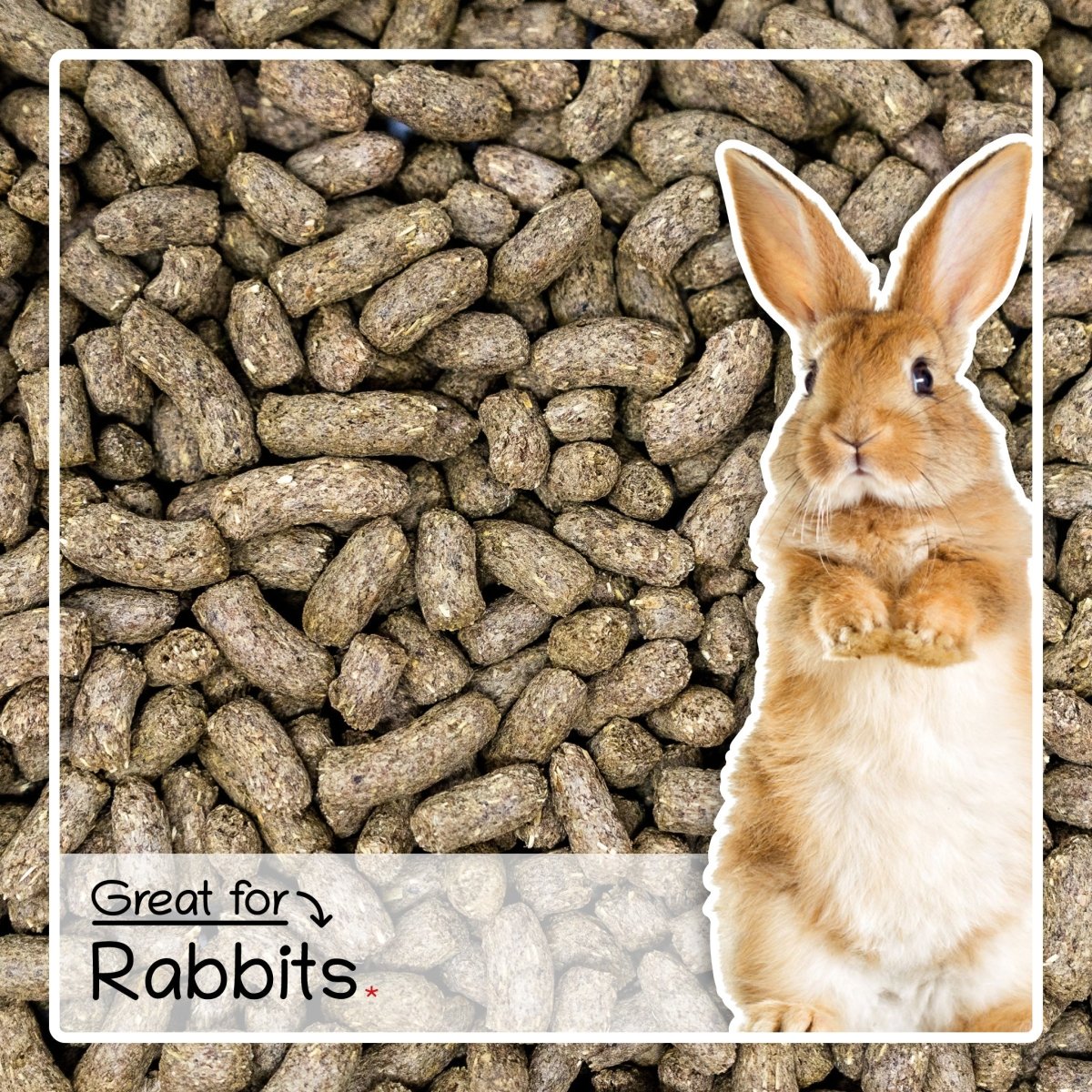
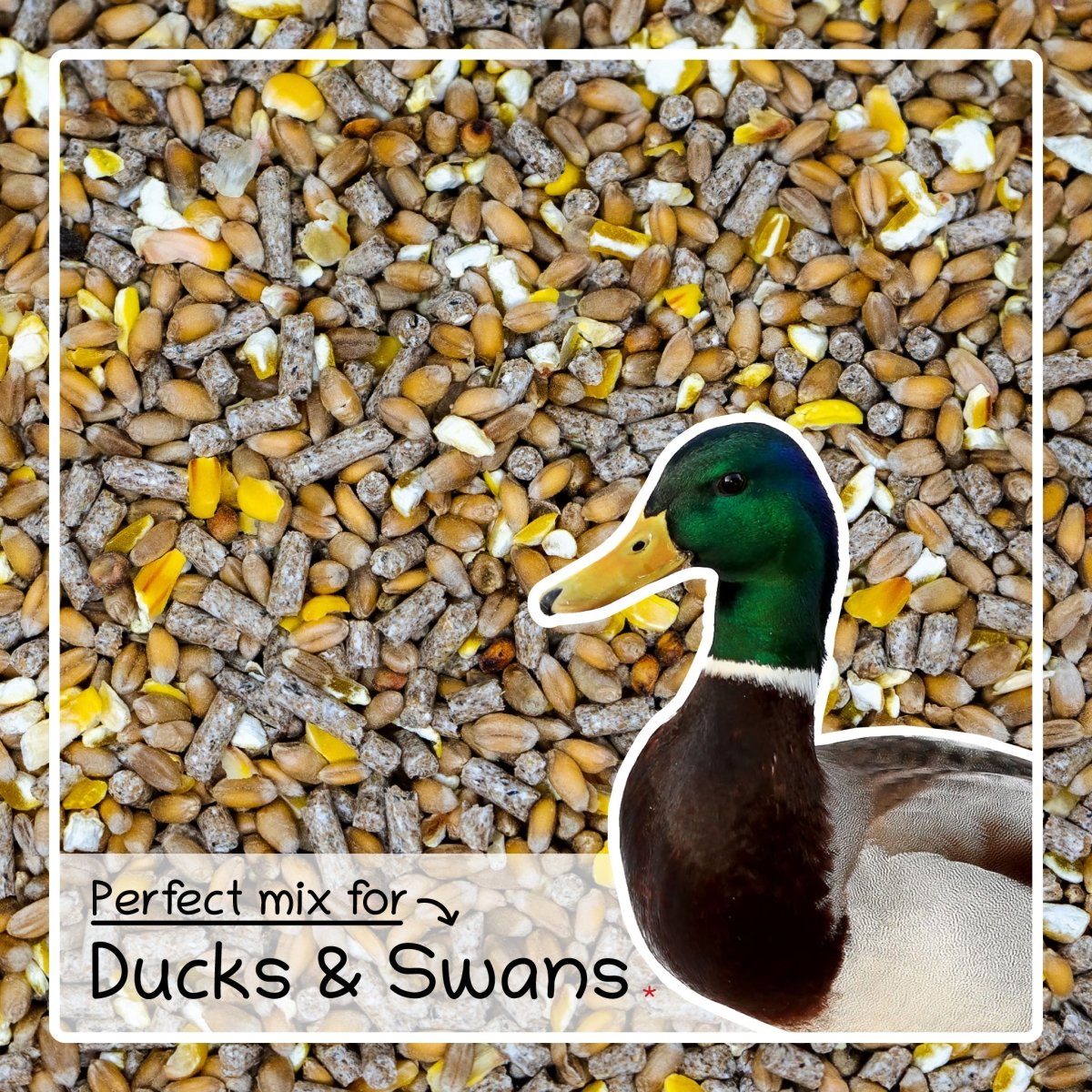
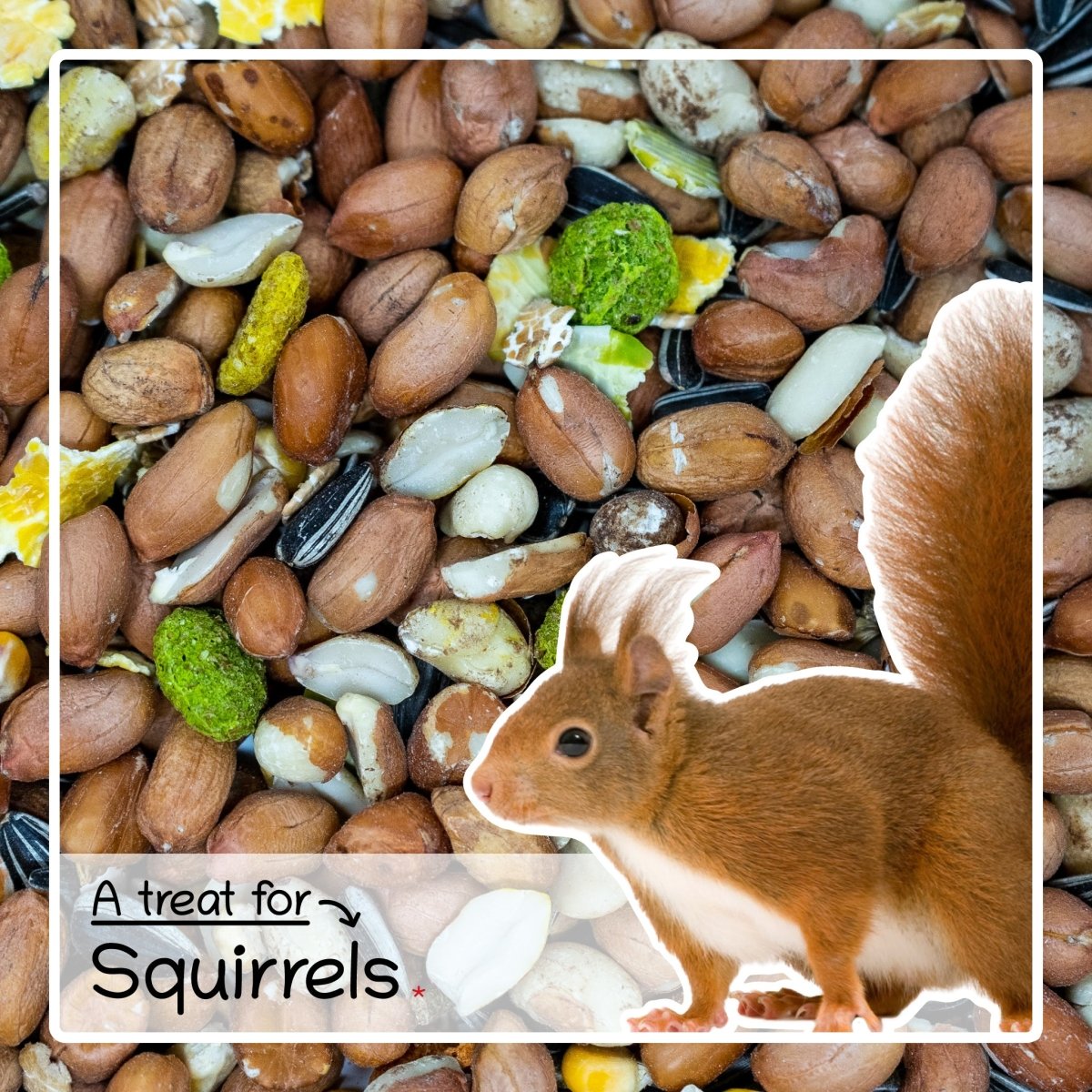


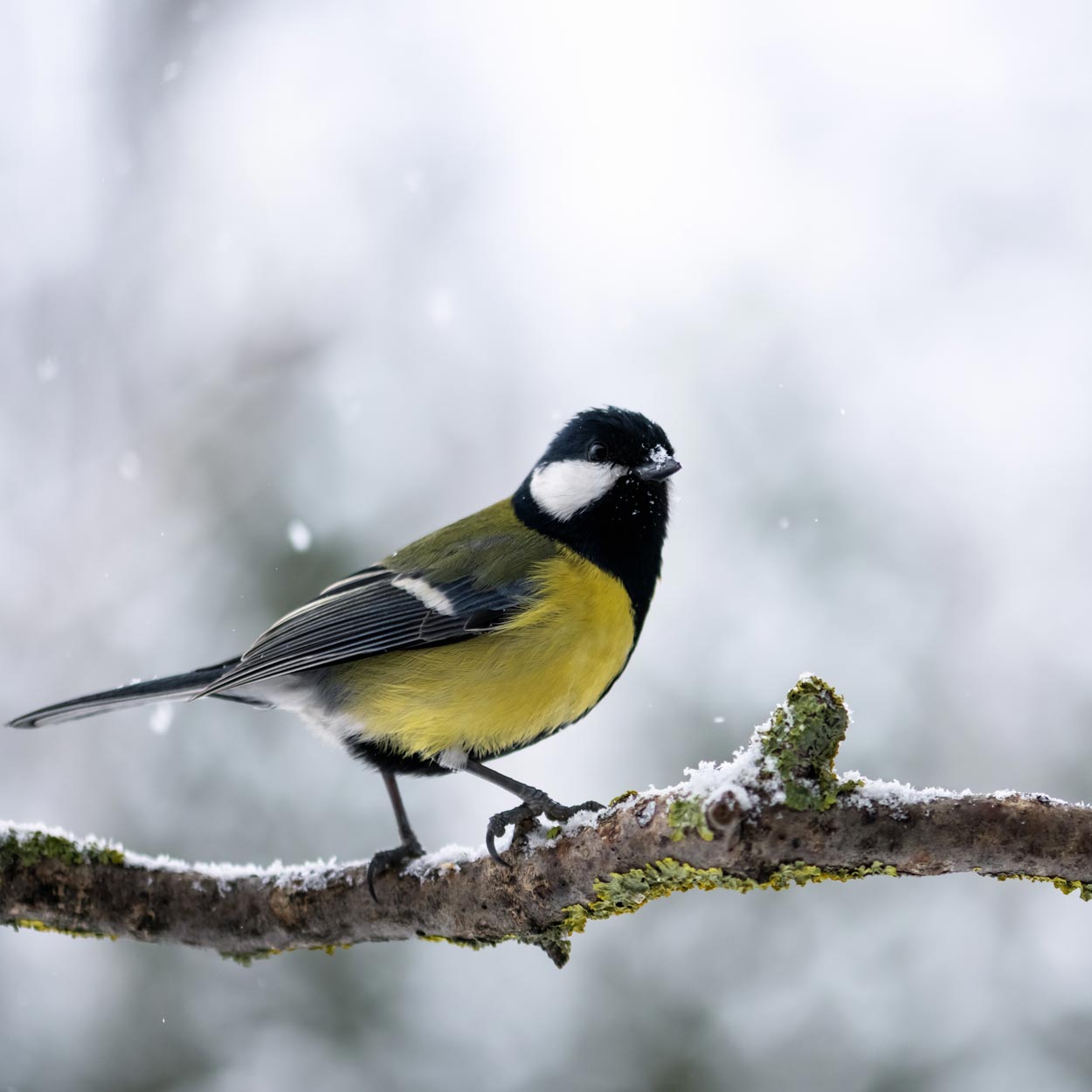
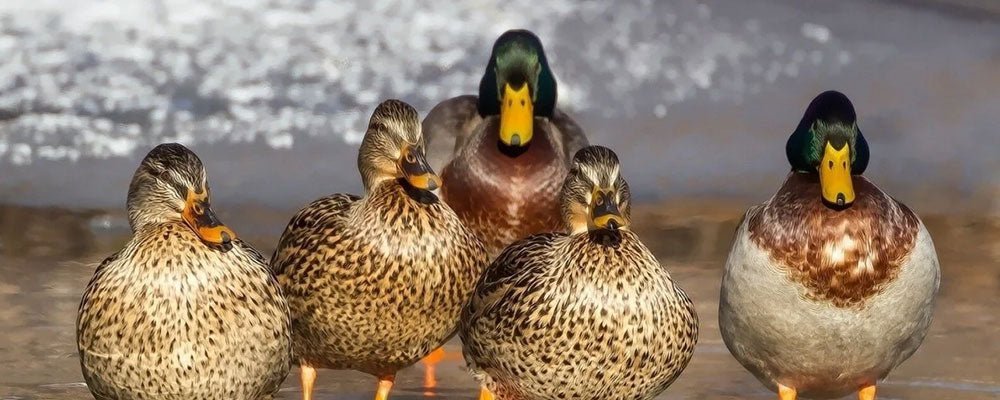
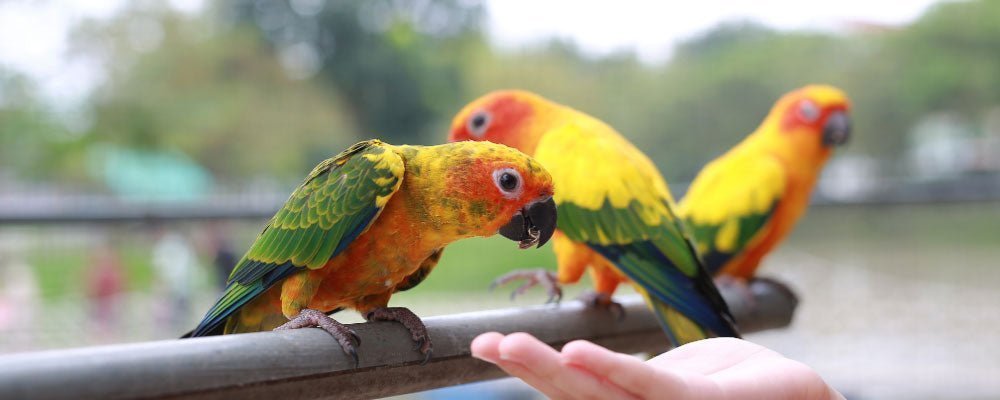
Leave a comment
This site is protected by hCaptcha and the hCaptcha Privacy Policy and Terms of Service apply.